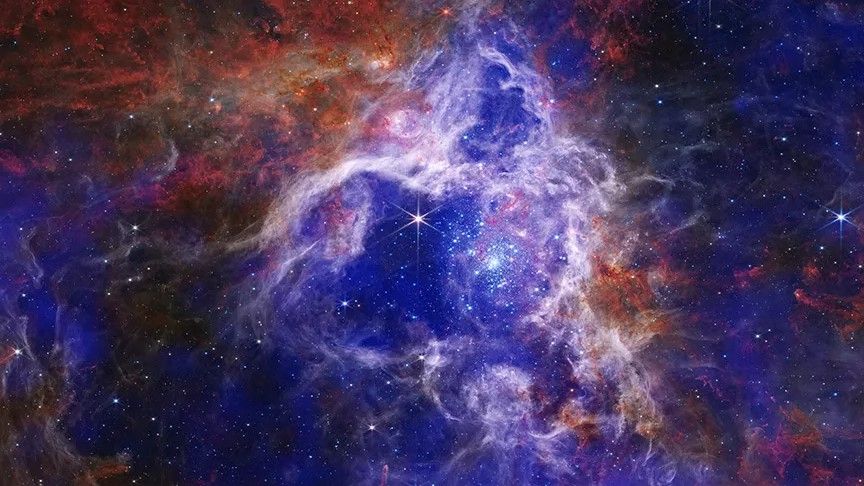 More details: Visit website
More details: Visit websiteHeadlines:
To commemorate the 25th anniversary of NASA's Chandra X-ray Observatory, scientists have rereleased new "sonified" images of nearby objects, including the supernova remnant Cassiopeia A and 30 Doradus, one of the largest and brightest regions of star formation close to the Milky Way .
The new sonified images convert visual data captured by Chandra over the last quarter century into sound, enhancing our understanding and analysis of complex X-ray data, in addition to making them more accessible to a wider range of people, in order to provide a complementary perspective to visual methods.
"Sonification is a process that translates astronomical data into sound, similar to how digital data are more routinely turned into images," wrote the NASA team in a statement . "This translation process preserves the science of the data from its original digital state but provides an alternative pathway to experiencing the data."
Chandra was the first to identify the neutron star at the image's center, which formed following the supernova , and is the youngest neutron star to be discovered in the Milky Way. Chandra also revealed swirls of debris that expanded outward into space .
The sonified "image" was created moving outwards from the neutron star at the center, marked by a triangle sound, and moves outward to encompass the rest of the remnant where brighter areas are translated into louder volume and high pitch sounds.
Chandra's X-ray data was mapped onto modified piano sounds, while infrared (IR) data gathered by Webb and Spitzer were translated into strings and brass. Stars identified by Hubble are portrayed by small cymbals called cortales ⁘ all coming together to create an otherworldly arrangement.
The second image to receive this treatment is of the star forming region 30 Doradus, also known as the Tarantula Nebula. This region provides the perfect setting for astronomers to study and understand how stars like our own sun form and evolve.
No comments:
Post a Comment